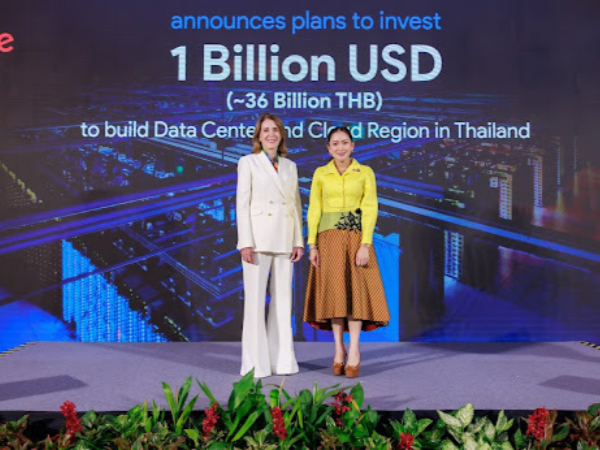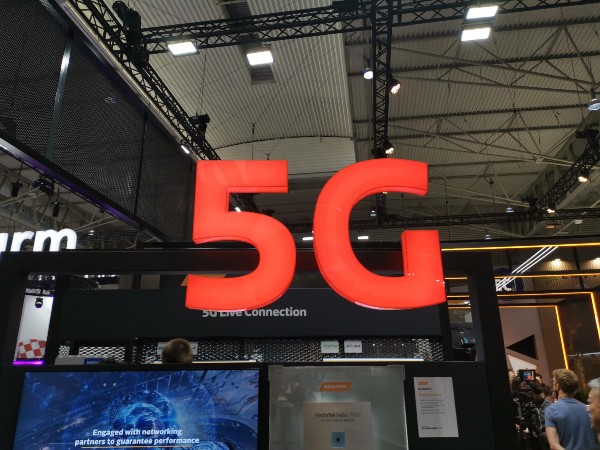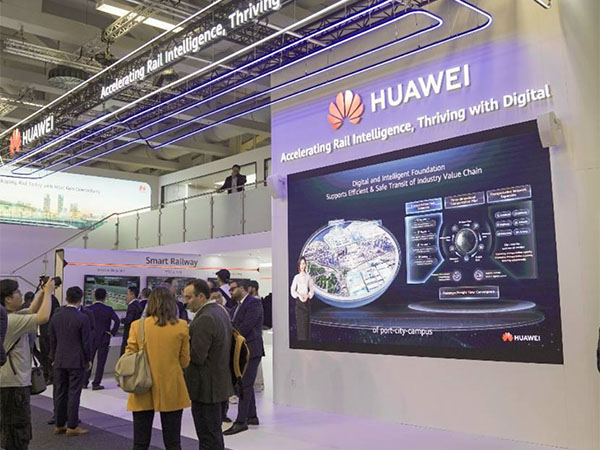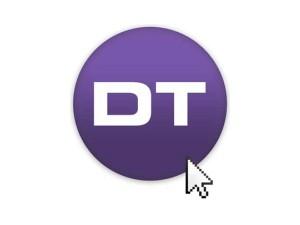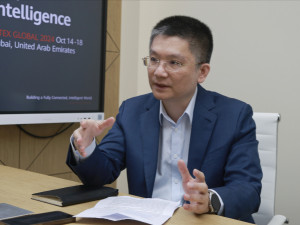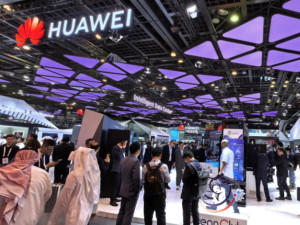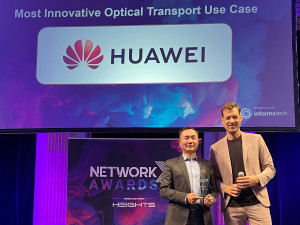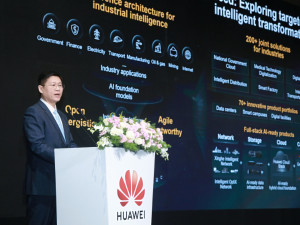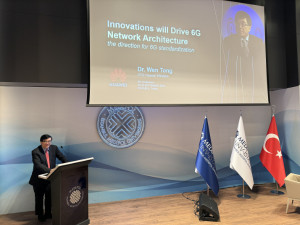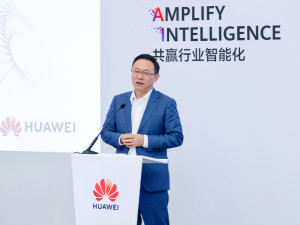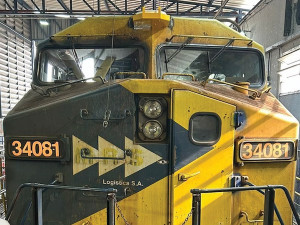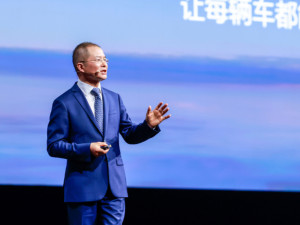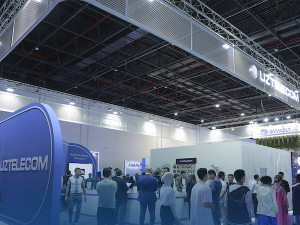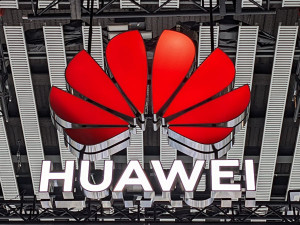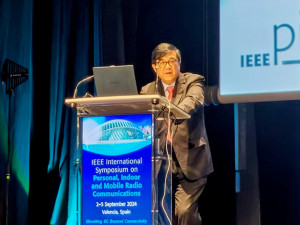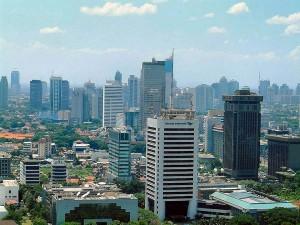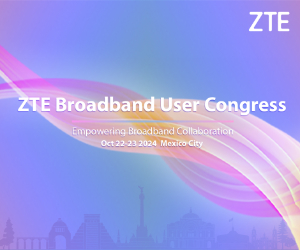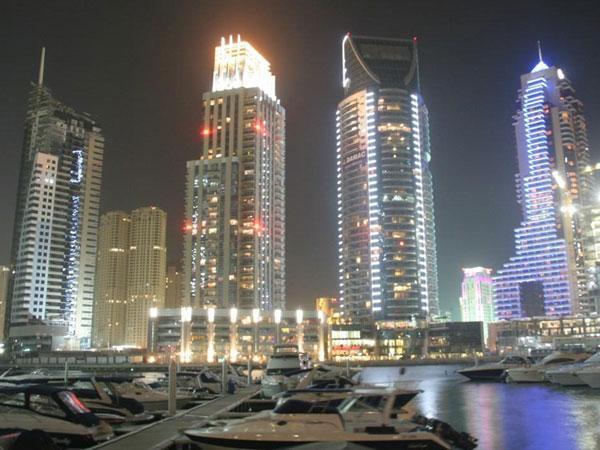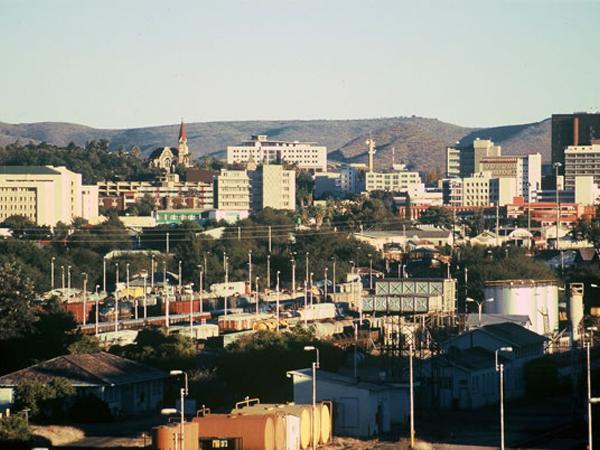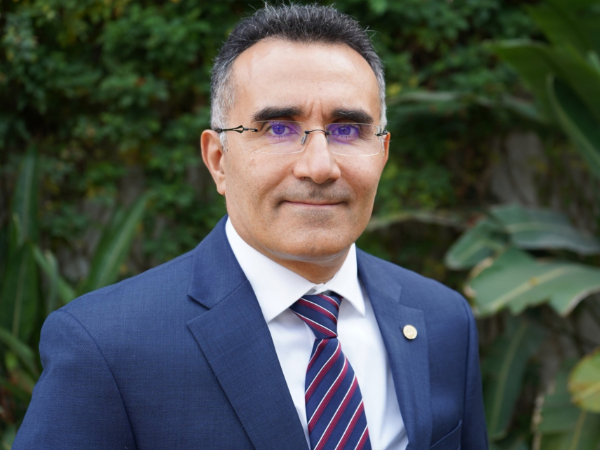GSM-R (Global System for Mobile Communications – Railway) specifications were released two decades ago. These have been successfully used around the world, but can no longer support the bandwidth, latency, and connectivity required by railways as they go digital.
In response, the International Union of Railways (UIC) began developing the next-generation communication system in 2012. It has worked with standards organizations like ETSI (European Telecommunications Standards Institute) and 3GPP (3rd Generation Partnership Project) to launch the FRMCS, promoting railway digitalization through more intelligent networks.
As Global System for Mobile Communications-Railway (GSM-R) gradually exits the market, Future Railway Mobile Communication System (FRMCS) will enable strategic development opportunities. The rail transportation industry is moving into an era of broadband, cloud, and intelligence, and is also rapidly integrating with other means of transportation.
Huawei’s Vision for FRMCS
Huawei has been deeply engaged with the railway industry for nearly 30 years. Jackey Wang, Vice President of Huawei's Smart Transportation BU, notes that to date, Huawei's products and solutions have been deployed on more than 150,000 kilometers of railways around the world. Smart railway development is shifting its focus from conventional construction to smart operations alongside intelligent, automated, secure, and low-carbon development.
At the transportation-focused summit InnoTrans 2024, Huawei released the white paper Huawei Railway Wireless for FRMCS – a game-changing technology for the digitization of transport. Drawing on Huawei’s technical expertise in the wireless field, the white paper specifies the major challenges that railway customers face during mobile communications upgrades, interprets the latest FRMCS standards, and highlights the advantages of the FRMCS over traditional narrowband systems.
Xiang Xi, Director of the Overseas Rail Development Dept of Huawei Smart Transportation BU, noted that a reliable communications system for transport networks requires high bandwidth, wide coverage, and low latency – all essential for implementing broadband across rail transportation. The increasing migration of services to the cloud allows for a more centralized use of IT resources and unified O&M, which drives down investment costs. "Big data and AI will speed up the convergence of service data, the value of which can then be unlocked to empower the intelligent transformation of services and enhance production management efficiency," said Xi.
Sheng Fu, Director of Transportation Industry Solutions at Huawei’s Enterprise Wireless Marketing & Solution Sales Dept, added that Huawei has proposed 5G-oriented solutions to help railway customers smoothly upgrade their wireless communications systems, as well as to drive their digital and intelligent transformation. In line with the latest FRMCS standards released by UIC, these solutions leverage next-generation railway wireless communications networks with high bandwidth and low latency, while considering key factors like customer requirements, technical evolution, ecosystem, and costs.
Nick Liu, Vice President of Enterprise Optical Domain at Huawei, addressed the key challenges and opportunities facing the industry, such as evolution of wireless mobile communications. He emphasized Huawei's focus on digital upgrades in the railway industry and the launch of its next-generation optical communications bearer network solution based on the MS-OTN platform. This solution supports converged access of E1, SDH, MPLS-TP, and fgOTN, containing features such as high bandwidth, high reliability, low latency, and easy O&M. It fully meets the current service needs of railways and can facilitate the smooth evolution of wireless systems from GSM-R to FRMCS, ensuring safe and stable railway operations.
Pan Wang, Chief Solution Architect of Transportation Network, Data Communication Product Line, Huawei, detailed these advantages in his keynote speech, saying: “Based on innovative IPv6 Enhanced technology, Huawei's smart railway FRMCS bearer network solution enables high reliability, easy deployment, excellent experience, smart O&M, and smooth evolution." He explained how the network supports end-to-end service deployment for access, aggregation, and core, carrying diverse services like FRMCS, GSM-R, and passenger information system (PIS) and ensuring safe and stable railway operations.
From GSM-R to FRMCS
As GSM-R systems reach the end of their lifecycle, their ecosystem and technologies are gradually becoming obsolete. This makes it challenging for railway operators to select a robust train-to-ground communication system. Ports and Railways of Mozambique (CFM) faced this issue, risking doubling its investment in an outdated GSM-R system. Instead, it worked with Huawei to deploy the LTE solution adopting the FRMCS architecture, which meets the communication requirements of modern, digital railways. CFM improved its dispatching efficiency, operational security, and employee management by reconstructing communications networks at stations along railways as well as deploying CCTV systems in critical regions.
Amilton Alissone, Vice Minister of the Ministry of Transport and Communications of Mozambique, delivered a keynote speech entitled Mozambique's Transportation Development: Directions and Practices. He talked about how Mozambique has set up a transportation infrastructure system that covers its roads, ports, railways, and airports. As technology advances, the country will work with industry vendors to make that system comprehensive.
"Administrated by the Ministry of Transport and Communications of Mozambique, CFM now operates more than 2000 kilometres of railways across the country. So far, Huawei's FRMCS Solution has significantly benefited Mozambique in terms of dispatching efficiency, operational stability, as well as work efficiency and experience for employees. CFM fully leverages the advantages of integrated transportation services to promote economic development in the Eastern and Southern Africa (AFE) region," he stated.
Working with Huawei on Modern Railway Communication
Located on the Indian Ocean in Southern Africa, Mozambique is home to several large ports, including Maputo, Beira, and Nacala. From here, nine railway lines ferry goods to other African countries such as South Africa, Eswatini, Zimbabwe, and Malawi.
These ports have unique geographic advantages and are among the main transportation channels for import and export to neighbouringinland countries. Mozambique also enjoys abundant marine resources — it has the largest reserve of tantalum in the world and over 15 billion tons of coal.
As such, smart and efficient railways are key for Mozambique. They can enhance the country's ties with nearby landlocked countries and promote national economic development through easier transport of natural resources. However, the growing mining industry poses many challenges to Mozambique's railways, impacting efficiency and safety.
CFM is responsible for maintaining and developing Mozambique's railway and port infrastructure. To address some of these challenges, CFM decided to upgrade its legacy communication infrastructure. Its objective was to build a modern, stable, and sustainable communication system to ensure reliable train-to-ground voice and data communication.
According to UIC, the FRMCS system will work in parallel with the GSM-R system by 2025 to achieve a smooth transition to 5G by around 2030. Considering that the FRMCS 5G standard has not been frozen, LTE networks are preferred. LTE networks can be smoothly upgraded to 5G, enabling future-oriented continuous evolution of the FRMCS solution and meeting commercial deployment requirements while protecting customers' investments.
Huawei designed a targeted integrated dispatching communication system based on FRMCS for CFM. The system uses an advanced converged communication platform to provide MCX wireless broadband trunking and multimedia dispatching communication services. It also supports 3GPP-compliant mobile communication networks and enables crucial communications and rich multimedia dispatching.
The system also supports specific railway business functions, such as function codes and emergency calls. It provides panoramic, visualized, and controllable dispatching and commands for dispatching personnel, locomotive drivers, and transportation management. This improves transportation security and O&M efficiency.
The system quickly transmits real-time information, unlike its outdated counterpart. This has also reduced the number of security accidents.
Setting an Example for More Efficient Transportation
The integrated dispatching communication system adopts an architecture based on international standards. This helps speed up the development of dedicated railway network communication technologies outside China. At the same time, featured by broadband and high-speed mobility, the updated communication system now has laid technical foundation to build high-speed railways for Mozambique.
Mozambique has started to benefit from FRMCS, greatly improving the efficiency of scheduling, safe operation, and employee management. Statistics show that the freight volume of the Port of Maputo had increased from 22 million tons in 2021 to 26.7 million tons in 2022, which is expected to exceed 30 million tons in 2023, continuously hitting record highs. As the overall efficiency rises, CFM stands a good chance of making breakthroughs in business revenue.
Mozambique has worked with Huawei to deploy a next-generation FRMCS-based communication system. The benchmark transportation project has set the tone for Africa in modernizing railway communication technologies. The result is enhanced transportation capacity which is slated to drive Mozambique's economic growth.
The country's experience has been shared at various international exchanges, solidifying Mozambique's image as a leader in innovation. Huawei looks forward to ongoing cooperation with partners, building better-connected rails for our rail customers.
For more information and to download our white paper click here


